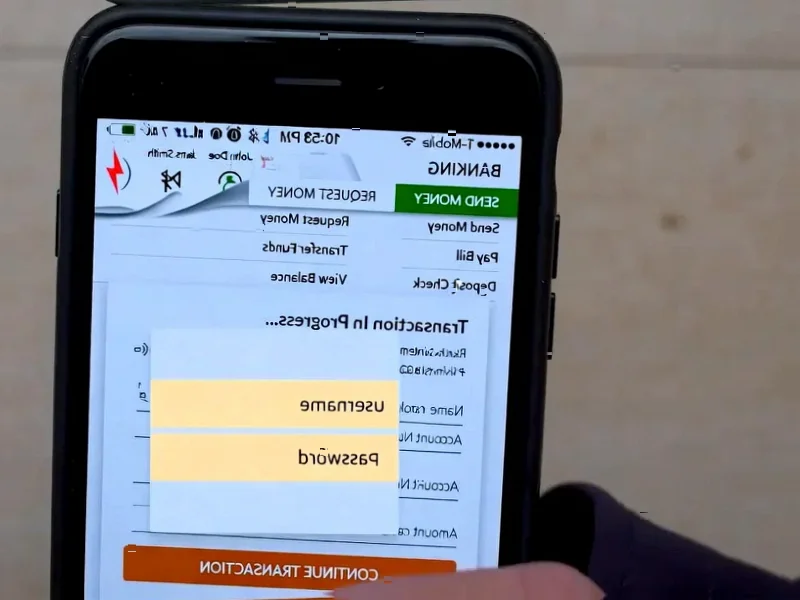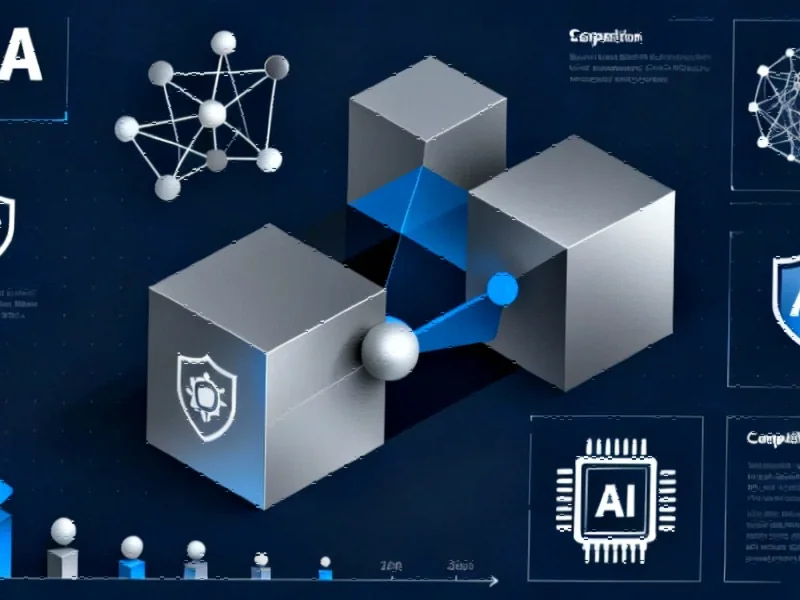According to Dark Reading, North Korean threat group Kimsuky has deployed a new backdoor called HttpTroy against South Korean users in recent attacks. The attack chain starts with a zip archive containing a Windows screensaver file that displays a fake PDF invoice in Korean while secretly installing malware. Security researchers from Gen analyzed the tool last week, revealing it gives attackers complete system access including file movement, screenshot capture, and command execution. The backdoor represents Kimsuky’s latest effort to evade detection through encrypted communications, payload obfuscation, and memory-only execution. This follows similar North Korean campaigns from this summer targeting diplomatic missions and September attacks using AI-generated deepfakes against journalists and activists.
Kimsuky’s Evolving Playbook
Here’s the thing about North Korean hacking groups – they’re not just throwing random malware at the wall. They’re methodically improving their tools to make analysis harder and detection less likely. HttpTroy isn’t some revolutionary new creation – it’s a straightforward improvement on existing tools, but that’s what makes it dangerous. The group is focusing on what actually works: better obfuscation, anti-analysis features, and using legitimate services to hide in plain sight.
And they’re getting creative about it too. Security researchers note they’re using commercial encryption products and Windows processes to dodge security tools. But the most concerning part? They’re thinking way outside the technical box. Dozens of Fortune 100 companies have unknowingly hired IT workers from North Korea. That’s next-level infiltration that goes way beyond technical tricks.
Why This Matters Beyond South Korea
You might think “well, it’s just targeting South Korea,” but that misses the bigger picture. North Korean groups like Kimsuky and Lazarus have been targeting cryptocurrency, financial systems, aerospace, defense, and healthcare entities globally. Their tools are designed to be modular – they can quickly add new capabilities without rewriting the core malware. That means what starts as a South Korea-focused campaign today could easily pivot to targets in Europe or the US tomorrow.
The real challenge for defenders? These groups prioritize stability and operational simplicity over constant feature updates. That means their core tools don’t change dramatically, but they’re reliable and effective. It’s like they’ve found the sweet spot between sophistication and practicality. How do you defend against an adversary that’s both technically capable and operationally disciplined?
What Defenders Can Do
So what actually works against these kinds of advanced threats? Security experts recommend in-memory scanning since tools like HttpTroy execute entirely in memory without touching the disk. Threat intelligence sharing becomes crucial too – knowing what these groups are currently using helps defenders stay one step ahead. But let’s be real – this is a constant cat-and-mouse game.
Basically, organizations in targeted sectors need to assume they’re being watched and prepare accordingly. As Gen’s research shows, these groups are patient and persistent. They’re not going away anytime soon, and their tools will only get better at hiding. The question isn’t if they’ll target you – it’s whether you’ll be ready when they do.




